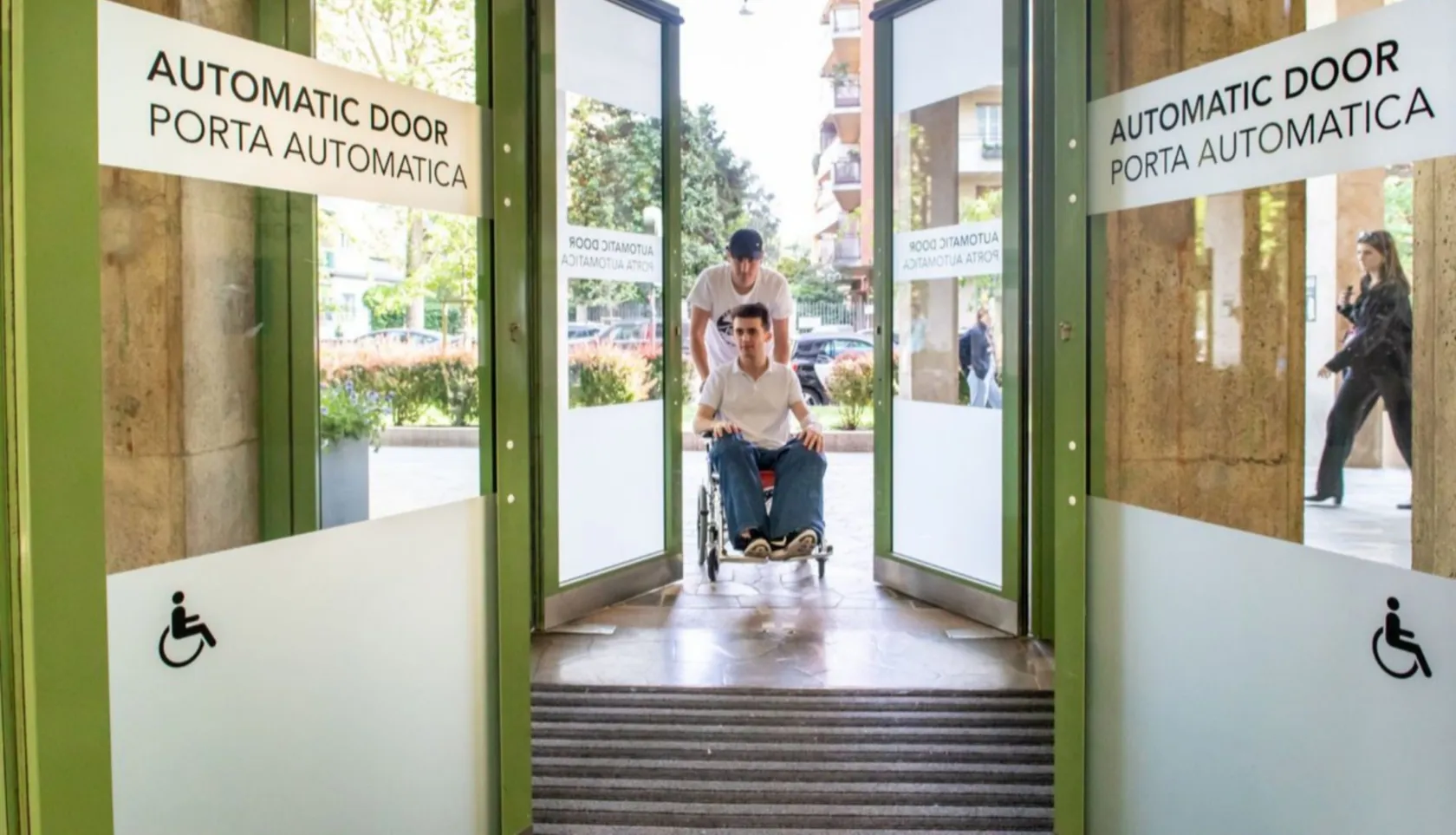
Accessibility and Happiness: How Breaking Down Barriers Improves the Lives of People with Disabilities
One billion people – 15% of the global population – have a disability, representing the largest minority in the world. In Italy, 13 million people – almost one in five – have a disability. ISTAT estimates that about 32% of people with disabilities between 15 and 64 years old in Italy are employed, compared to 58.7% of the general population. In the school context, in 2022-2023, 338,000 children with disabilities attended Italian schools, equal to 4.1% of the total number of students. Despite an increase in the number of teaching assistants, 40.4% of schoolchildren with disabilities reported a lack of educational consistency, a problem that seriously hinders their learning.
Every 3 December on the International Day of Persons with Disabilities, these numbers provide a snapshot of the current situation, drawing global attention to the need to promote inclusion, equity and accessibility.
Accessibility is the issue at the center of the study "Disability and Happiness: The role of accessibility" by Asya Bellia, a post-doc researcher at Bocconi University, and Lorenzo Corsini from the University of Pisa.
"Environmental accessibility is not just a matter of infrastructure, but human rights," explains Bellia. "Ensuring equal access to public and private spaces is critical to the happiness and social inclusion of people with disabilities."
The study is inspired by Amartya Sen's capability approach, which emphasizes individuals’ real opportunities, rather than their limitations. According to this view, disability is not a static condition, but the result of the interaction between personal characteristics and social or environmental barriers.
Environmental Accessibility’s Impact on Life Satisfaction
Bellia and Corsini investigate the link between environmental accessibility and wellbeing, emphasizing an often-overlooked aspect: the importance of removing barriers from the lives of people with disabilities.
Their research is based on a fundamental fact: people with disabilities report lower levels of life satisfaction on average compared to those who do not live with these conditions. "Our analysis," explains Bellia, " shows that in countries where accessibility is greater, the gap between the life satisfaction of people with and without disabilities is reduced. The hypothesis is therefore that more inclusive environments not only increase mobility, but can also contribute to full social participation, improving overall wellbeing. For this reason,” she says, “policies aimed at eliminating barriers represent one of the tools that help facilitate people with disabilities participating in life: at school, in the workplace and during their free time."
Hypothesis and Study Methods
The study analyzed data from different European countries using sources such as the Eurobarometer and the EU-SILC wellbeing module, tools that allow the level of environmental accessibility and quality of life to be assessed. The authors tested the hypothesis that accessibility is associated with a reduction in the life satisfaction gap between people with and without disabilities. The results confirmed that an inclusive environment is associated with increased happiness among people with disabilities, with more pronounced effects in Nordic countries than in southern Europe.
Conclusions
"Investing in accessibility is not only a matter of equity, but can contribute to the wellbeing –material and otherwise – of millions of people," concludes Bellia. "Adopting inclusive policies based on the human development model can represent a paradigm shift. Greater accessibility implies less discrimination and a fairer society. In addition, disability can be considered a form of human biodiversity. As such, it represents an enrichment for the whole of society."
